|
80. Maniola jurtina (Linnaeus, 1758) / Meadow brown / Nymphalidae – Satyrinae
NL: bruin zandoogje / D: Groβes Ochsenauge / F: myrtil
 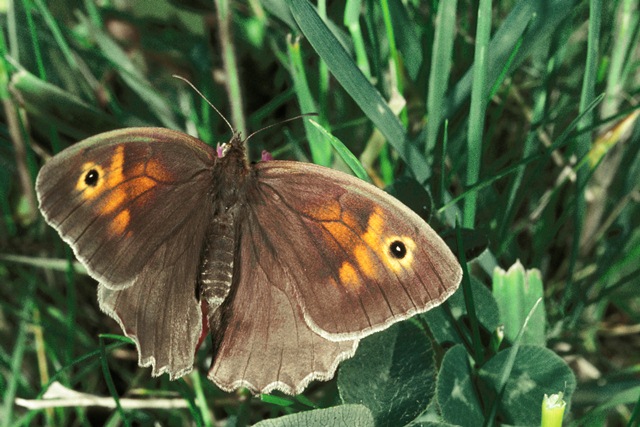 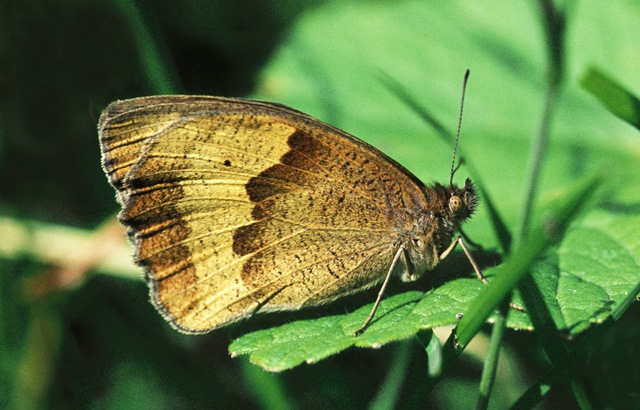
Photographs: Frits Bink ©.
Medium-sized or large, wing length males 23 (21-25) mm, females 25 (23-28) mm. The species occurs widely spread in all countries of the Benelux in all kinds of medium tall grass vegetation and is in the countryside one of the most common butterflies. It occurs also in dunes, locally in heathland, in the edges of wood and in rides.
Butterfly is on the wing from early-June until late-August, peaks early and mid-July.
The species is known from maritime and continental climates, amplitude 4 to 16. Required heat sum 400°d and maximum tolerated 3000°d, corresponding climate windows 19 weeks and whole year open.
The species occurs in Europe in several ecological races which differ in reproduction and adult longevity. The egg production of the females in southern England is 180 (160-200) (Brakefield 1982) whereas in Spain this is 400 (270-524) (Garcia-Barros 1987). In the latter case the eggs are smaller and the adult longevity much longer, up to 20 weeks. In the Mediterranean climate the adult butterfly will pass the hot and dry summer by aestivating for up to 10 weeks. In a hot and dry summer in the Benelux, a short aestivation can be expected.
Ecological characteristics
Behaviour over time
Overwintering: larva in second, third or fourth instar, hidden in a tussock of the host-plant.
Reproduction: oviposition starts after about 18 days when the body contains 122 (106-138) eggs, potential production 2.5 times as much.
Larval feeding periods: in summer 65 (55-110) days from early-August until end-November, in next spring 81 (41-105) days from end-March until mid-June.
Generations: one.
Spreading of risk: delayed larval diapause and exploration behaviour of the adults.
Life cycle: egg 22 (14-30) day; larva 37-44 weeks; pupa 19 (14-30) days.
Life span of adult: very long, females up to 6 weeks.
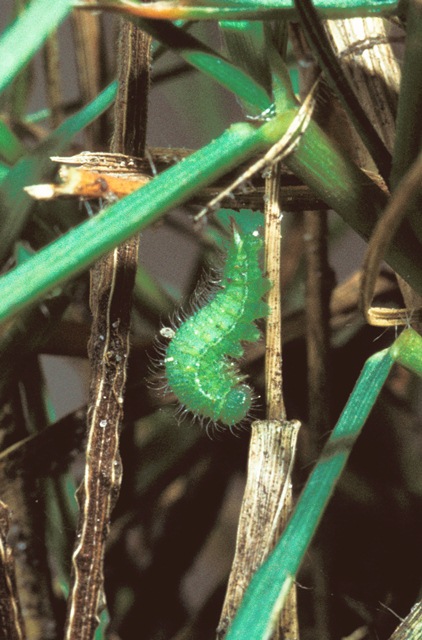 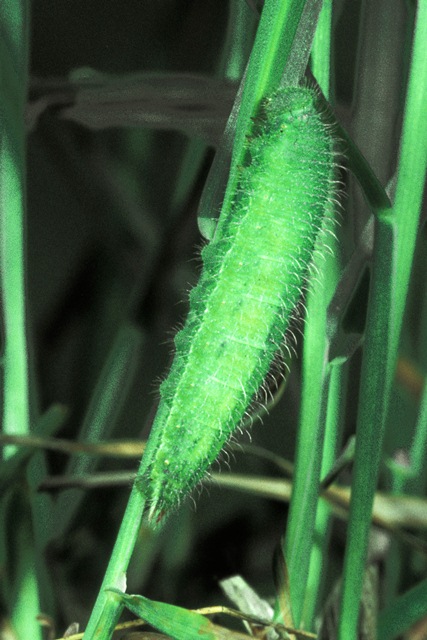
Photographs: Frits Bink ©.
Behaviour in space
From stay-at-home to migrant: nomad, spatial requirement modest.
Finding a mate: male patrols.
Orientation in the landscape: changes with age of the adult: when young tall grass at edges of bush or woodland, when older open area with short grass, with special attention being paid to spots with bare soil.
Oviposition: careful selection of site but oviposit randomly.
Defence
Threats from other organisms: adult butterflies seems to be rather free of avian predation.
Threats from the environment: hibernating larvae survive well in permanently wet vegetation.
Feeding habits
Adult: nectar, all kinds of flowers.
Larva: feeding periods in winter are not sharply defined, a little feeding may occur when weather conditions are fine.
Larval foodplants
Plant species: Poaceae, e.g. Agrostis capillaris, A. tenuis, Alopecurus pratensis, Brachypodium pinnatum, Bromopsis erecta, Cynosurus cristatus, Dactylis glomerata, Danthonia decumbens, Deschampsia cespitosa, Elymus repens, Festuca arundinacea, F. pratensis, F. rubra, Lolium perenne, Phleum pratense.
Journal
Rearing experiments:
1. Based on specimens from the Grebbenberg, Rhenen, Netherlands:
13 July 1983: two females captured.
19 July: eggs were now brown coloured.
5 September: some larvae end first instar, most of them early second.
Overwintered outdoors.
5 February 1984: pot taken indoors.
23 February: larvae in third instar.
8 April: larvae nearly fully grown, had eaten a lot of Agrostis tenuis.
23 April: larvae chose shaded part of the tussock.
7 May: larvae fully grown.
13 May: one pupae was seen.
1 June: two males hatched.
9 June: first female appeared.
10 June: mating observed, female dissected.
2. Based on specimen from the Hoge Veluwe, Netherlands:
2 September 1985: first eggs laid.
9 September: eggs brown in colour.
12 September: some eggs hatched and the young larvae fed immediately.
15 September: most of the eggs hatched, biggest larvae in moult L1-2, 3 mm in length.
3 November: all larvae well hidden in tussock of Corynephorus, a wintergreen grass.
11 December: all larvae in the second stage, they ate sometimes, even at a temperature of 5°C.
Overwintered outdoors.
9 March 1986: pot with tussock taken indoors after long period of frost.
28 March: two larvae in L3, one in L4 put on Phleum pratense.
4 April: two in moult L4-5, all the rest in fourth instar.
19 April: biggest larva almost fully grown, tested Bromus erectus and Lolium perenne were well grazed.
4 May: three prepupae.
10 May: all pupated, except two.
22 May: first adult appeared, male.
24 May: third pupa hatched, male. After its release the first male butterfly stayed-at-home and commuted from home garden to neighbours’ one.
Table 80-1. Results of dissections

Table 80-2. Collection and observation localities
B, Theux 50° 33’ 20”N – 5° 49’ 50”E; 17 June 1983.
B, Ethe, 240 m, 49° 36’ 25”N – 5° 35’ 50”E; 19 June 1983.
D, Borkener Paradies 52° 43’ 29”N – 7° 14’ 36"E; 9 July 2002.
D, Kaiserstuhl, Badberg, 433 m, 48° 05’ 47”N – 7° 40’ 40”E; 9 July 1985.
D, Lorch, 300m, 50° 02’ 05”N – 7° 47’ 56”E; 31 July 1985.
D, Meetschow 53° 02’ 32”N – 11° 23’ 32”E; 22 June1984.
DK, Aalbeak 57° 37’ 10”N – 10° 17’ 25”E; 15 June 2004.
DK, Lundby 56° 55’46”N – 9° 29’ 43”E; 8 July 2005.
DK, Gundersted 56° 55’ 08”N – 9° 26’ 31”E; 10 July 2005.
DK, Ørnhej 56° 13´ 06”N – 8° 34´ 00”E; 14 July 2005.
EST, Endla Nature Reserve, 58° 52 34”N – 26° 16’21”E; 10 July 1999.
EST, Pööravere 58° 40’ 25”N – 24° 36’ 50”E; 16 July 1999.
F, Aurel, 400 m, 44° 43’N – 5° 16’E; 29 August 1984, 2 September 1984.
F, la Bruyère 45° 39’ 01”N – 5° 38’ 09”E; 25 August 1984.
F, Dommartin-la-Montagne 49° 01’ 51”N – 5° 36’ 53”E; 24 June 2006.
F, Montmédy, 217 m, 49° 31’ 07”N – 5° 21’ 33” E; 27 June 2002.
F, Lorraine, Dieue-sur Meuse 49° 05’ 11”N – 5° 27’ 25”E; 11 July 1984, 19 August 1984, 10 July 1985.
F, Lorraine, Jaulny, 209 m, 48° 57’ 55”N – 5° 52’ 52”E; 29 June 2002, 8 July 2006.
F, Lorraine, Lion-devant-Dun, 300 m 49° 23’ 40”N – 5° 14’ 03”E; 11 July 1984, 10 July 1985.
F, Lorraine, Rupt devant Saint-Mihiel, 280 m, 48° 53’ 01”N – 5° 24’ 10”E; 28 June 2006.
F, Lorraine, Thillot, 352 m, 49° 01’ 24”N – 5° 39’ 15”E; 25 June 2006.
F, Pagny-la-Blanche-Côte, 308 m, 48° 32’ 37”N – 5° 42’ 58’E; 10 July 1985, 5 July 2006.
F, Velosnes, 179 m, 49° 30’ 09”N – 5° 27’ 27”E; 19 August 1985, 28 June 2002.
F, Vosges, le Steinberg, 1150 m, 47° 59’ 27”N – 7° 06’ 40”E; 21 August 1984.
F, Vosges, le Zinnkoepfle, 481 m, 47° 57’ 56”N – 7° 15’ 08”E; 10 July 1984.
GB, North York National Park, 150 m, 54° 23’N – 0° 54’W; 5 July 1981.
GB, Oxford, Great Wood 51° 41’N – 0° 55’W; 20 July 1981.
GB, Dorking 51° 14’ 32”N - 0° 21’ 13”W; 23 July 1981.
GB, Frensham Great Park 51° 09’ 28”N - 0° 47’ 26”W; 21 July 1981.
L, Kautenbach, 316 m, 49° 57’18”N – 6° 00’ 59”E; 21 June 2006.
NL, Amerongen, garden 52° 00’ 01”N – 5° 27’ 34”E; 1975-1986.
NL, Bennekom, garden 51° 59’ 30”N – 5° 40’ 34”E; 1988-2014.
NL, Leersum, garden 52° 00’ 29”N – 5° 24’ 04”E; 1975-1986.
NL, Bennekom, de Kraats 52° 00’ 20”N – 5° 38’ 04”E; 3 July 2014.
NL, Dintelse Gorzen 51° 37’ 57”N – 4° 15’ 39”E; 22 August 2000.
NL, Grebbeberg 51° 57’ 09”N – 5° 36’ 23”E; 13 July 1983, 12 August 1984.
NL, Hoge Veluwe 52° 05’N – 5° 51’E; 11 July 1983, 30 July 1984.
NL, Hoge Veluwe 52° 04’ 47”N – 5° 49’ 47”E; 27 July 2000, 31 August 2000.
NL, Schuitwater 51° 28’ 35”N – 6° 07’ 43”E; 8 July 2003.
NL, Slikken van de Heen 51° 37’ 23”N – 4° 11’ 54”E; 23 August 2000.
NL, Veenendaal 52° 01’ 51”N – 5° 31’ 17”E; 7 July 1983, 27 July 1984, 1 August 1984.
NL, Wageningen, eng, 51° 58’ 47”N – 5° 41’ 09”E; 6 July 2014.
NL, Zandvoort 58° 22’ 00”N – 4° 32’ 14”E; 16 June 2002.
S, Gotland, Grodde 57° 52’ 01”N – 18° 49’ 02”E; 2 July 2004.
S, Gotland, Lickershamn 57° 50’ 17”N – 18° 34’ 54”E; 3 July 2004.
S, Gotland Hummelbosholm 57° 11’ 48”N – 18° 32’ 56”E; 8 July 2004.
S, Gotland, Grogarns 57° 25’ 32”N – 18° 53’ 21”E; 14 July 2004.
S, Gotland, Kappelshamn 57° 55’ 04”N – 18° 45’ 20”E; 30 June 2004.
S, Gotland, Lickershamn 57° 51’05”N – 18° 37’ 46”E; 17 July 2004.
S, Gotland, Östergarn 57° 24’ 43”N – 18° 43’ 27“E; 15 July 2004.
S, Gotland, Stygmyr 57° 50’ 10”N – 18° 38’ 32”E; 18 July 2004.
S, Öland, Frösslunda 56° 32’ 34”N – 16° 35’ 12”E; 22 July 2004.
S, Öland, Stenåsa 56° 32’ 44”N – 16° 36’ 43”E; 7 July 1982, 15 August 1983, 21 July 2004.
Fig. 80-1. Maniola jurtina, phenogram adapted from Bos et al. 2006: 232.
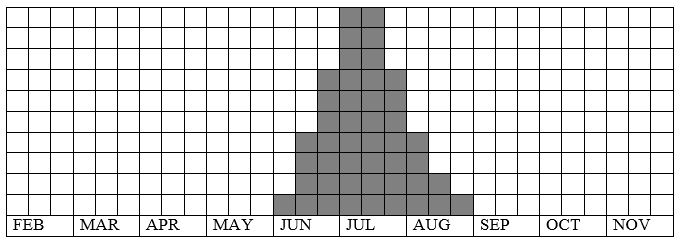
Fig. 80-2. Maniola jurtina, habitat characteristics.

Fig. 80-3. Maniola jurtina, climate matrix, heat-sums 400 - 3000°d.
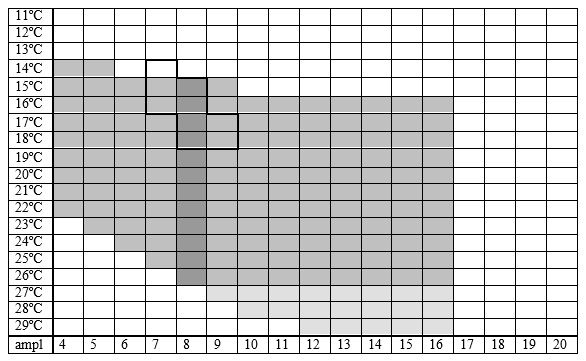
|










